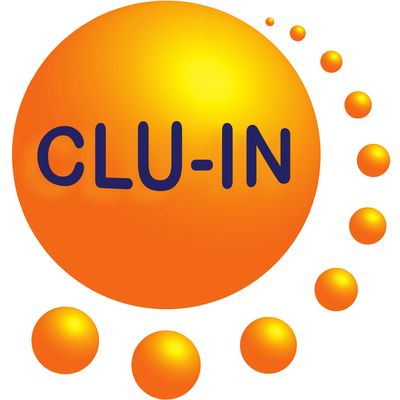Since 1998, The Contaminated Site Clean-Up Information (CLU-IN) website has presented Internet Seminars covering a wide variety of technical topics related to hazardous waste characterization, monitoring, and remediation. For each seminar topic, we have selected the highest-quality offering for placement in our archives. Beginning in May 2005, we began offering these archives via podcast, and this feed contains all seminars archived in the last 6 months. For a complete list of seminars archived since 2000 and videos of selected seminars archived since 2012, please visit http://clu-in.org/live/archive/. Our Rehabilitation Act Notice for reasonable accommodation is available at http://clu-in.org/training/accommodation.cfm. CLU-IN was developed by the U.S. Environmental Protection Agency (EPA) but is intended as a forum for all waste remediation stakeholders. For more information and to view upcoming live offerings, please visit http://clu-in.org/live/. For a complete list of RSS feeds available on CLU-IN, please visit http://clu-in.org/rss/about/.
http://www.clu-in.org/live/archive
Audio for "Superfund Research Program Progress in Research Webinar Part 2: Legacy and Emerging Contaminants (PAHs, PCBs, PFAS)," Oct 28, 2020
The NIEHS Superfund Research Program (SRP) Progress in Research webinar series highlights promising research from SRP Centers awarded grants in 2020. In this session, awardees from University of Kentucky, Oregon State University, and Baylor College of Medicine will describe their research projects, accomplishments, and next steps. The University of Kentucky SRP Center, "Nutrition and Superfund Chemical Toxicity," explores human health challenges arising from exposure to halogenated organic substances such as polychlorinated biphenyls (PCBs), trichloroethylene, tetrachloroethene, and per- and polyfluoralkyl substances (PFAS). They conduct research on lifestyle changes such as nutrition and exercise and the relationship with pollutant exposure and disease risk. Center scientists also study remediation systems and engineering solutions for toxicant removal. The goal is to develop prevention strategies for diseases associated with chlorinated organic contaminants through a combination of enhanced remediation and healthy lifestyle components. The Oregon State University SRP Center, "PAHs: New Technologies and Emerging Health Risks," investigates polycyclic aromatic hydrocarbon (PAHs) mixtures before and after remediation. Center scientists work to track PAH movement through the environment, measure PAH exposure in individuals located near contaminated sites, predict the products of PAH transformation during remediation, determine the toxicity of complex PAH mixtures, and link PAH exposure to health outcomes. The Baylor College of Medicine SRP Center, "PAHs: Ultrasensitive Detection, Early-Life Exposures - Clinical Outcomes (Preterm Births, Chronic Lung Disease, and Neurocognitive Deficits), Prevention and Remediation," works in Harris County, Texas to explore maternal exposure to PAHs and the increased risk of preterm birth. They are investigating the molecular mechanisms behind the increased preterm birth risk after maternal exposure to PAH mixtures. Center scientists are also working to develop methods for detecting PAH-based compounds in air, water, and soil, remediation technologies to treat contaminated sediment, and strategies to prevent and reduce the health burden associated with PAH exposure. To view this archive online or download the slides associated with this seminar, please visit http://www.clu-in.org/conf/tio/SRPPIR13_102820/
